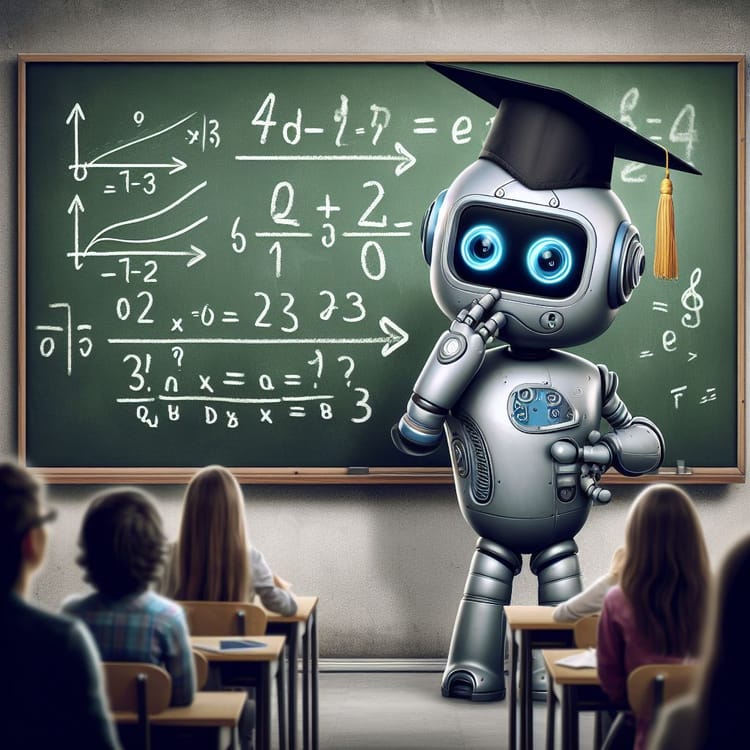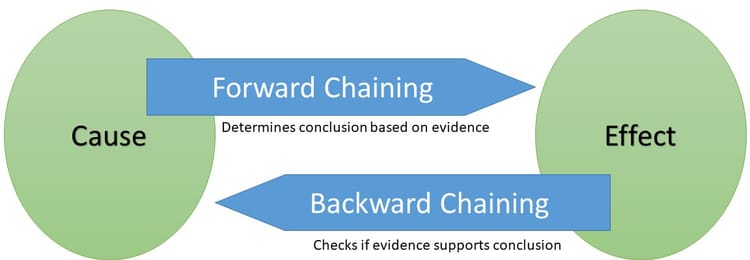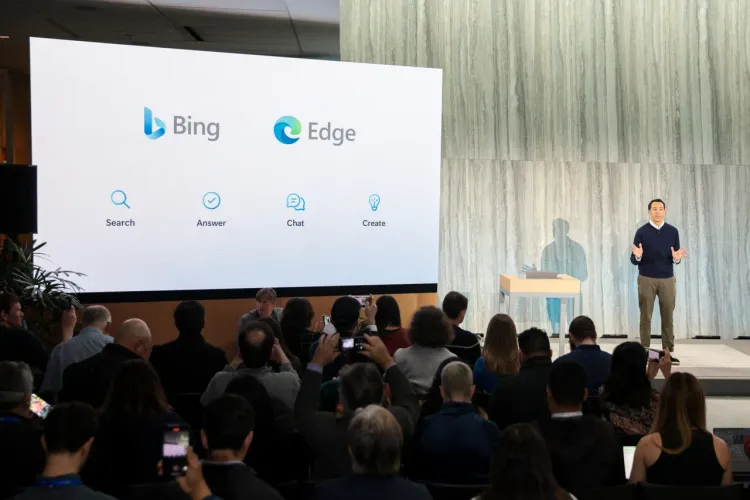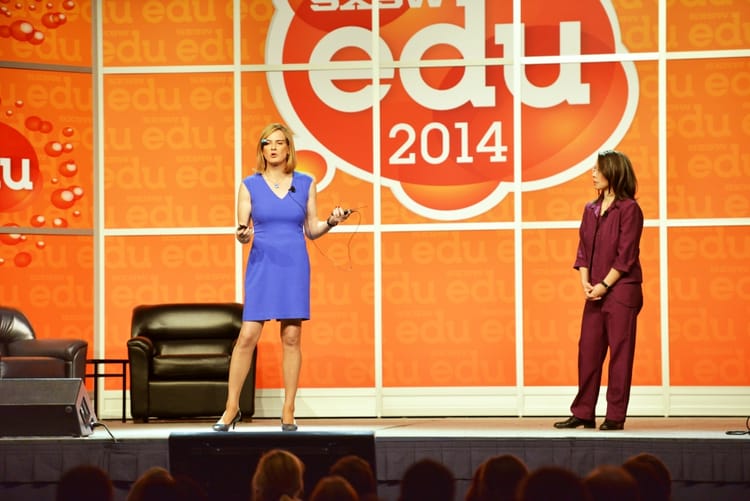Covid-19
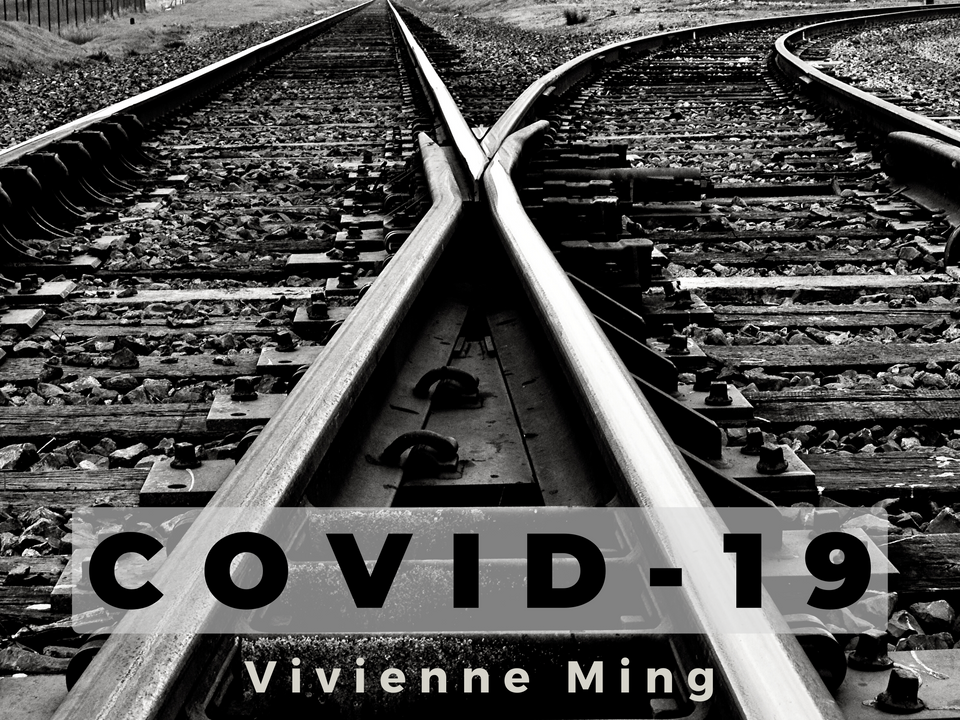
Four months ago the entire world boarded a trolley and we didn’t even notice1. Within a month, it became obvious (to most) that if we didn’t change tracks, millions would die. Yet hidden along our new line are millions of other lives. Our trolley will destroy them as surely as those on our original track, but it will do so slowly, over the course of the next 20 years. Unconstrained, Covid-19 threatens to kill millions, but our current response might easily do the same. The entire world is now in a real-life trolley problem, and we’ve led ourselves to believe that it's one track or the other. Both lead to disaster.

Projections of mortality rates for Covid-19 have been all over the map since the beginning2, but reasonable current models predict 100,000 to 240,000 deaths in the US despite existing efforts. If we do nothing, we could be looking at over 2 million deaths directly from Covid-19. Around the world, despite dramatic differences in impact, the number of deaths will be vastly higher. If this were just the flu, I would not be so worried for my mother, who is sitting at home alone in her 70s, unable to see her grandchildren. I’m truly scared for her. For that matter, I’m scared for my wife and me as we approach our 50s. Our odds might be good, but I don’t take them lightly. I know people younger than I who have suffered terrifying hospital stays and at least one who never came home. We cannot do nothing and allow SARS-CoV-2 to kill 40 million around the world.
It’s rather amazing to me that I’ve lived long enough for something like Covid-19 to be a threat, but not only have I made it halfway through a life3 , I’ve founded a number of companies along the way. At the start of 2020, half a dozen of these were actively working to solve problems in dementia, genetics, inclusion, and workforce. One in particular is Socos Labs, a philanthropic research institute that I have been building for over two years. To fund our work, I travel around the world and give briefings and keynotes on our research projects. Around mid-February, those talk invitations began to vanish. By March, everything was cancelled. In less than a month nearly our entire revenue stream disappeared. I took on debt to pay my employees but was left to wonder how we could sustain this. Weird as my little mad science lab might be, we know exactly what other small and medium-sized businesses are experiencing: quite simply, an existential threat.
Profound economic downturns kill as surely as epidemics.
I’m scared for my mother’s health; I’m scared for my company's existence. Framed that way, it’s an easy choice. I’d pick the track that leads as far away from my mother as possible and offer my employees my sincere apologies. But I’d be doing irreparable harm to so many others. Extensive research has shown that people launching their careers during an economic downturn experience profound negative impacts for the rest of their lives. They earn less, not just during the downturn but throughout their careers. They also pay prices in their personal lives such as decreased marriage, increased divorce, and increased childlessness. And the impacts go beyond the economic and social. Babies born during economic shocks are smaller and more susceptible to neonatal diseases. And perhaps most profound and unappreciated is the indirect effect on mortality rates. Prior to Covid-19, the last peak in unemployment was during the recession of the early 80s. Employees like mine suffered substantial increases in mortality over the 10 to 30s years that followed. By the early 2000s, individuals that lost jobs during that recession experienced an 8-percentage point increase in mortality rates. Profound economic downturns kill as surely as epidemics.
A Covid-driven recession (seemingly inescapable at this point) means much more than lower profits for multinational corporations; however, wildly careening back to our original track and opening every business tomorrow would be a policy driven by fear rather than moral leadership. The whole point of the trolley problem’s thought experiment is to force us to confront a no-win situation. That is exactly what we must do today. The only ethical choice is to accept the brutally hard work of building a new track right through the heart of this dilemma.
studies have estimated that 46 jobs have been lost for every confirmed case of Covid-19 in the United States. Another report revealed that while California’s lockdown has significantly reduced Covid-19 cases and deaths, each life saved has been balanced against 200 jobs lost. Unfortunately, these studies and so many others are only estimates based on messy data, but they offer a stark view at some of the terrible choices before us. If 200 jobs were lost to save each life, and each job loss increases mortality rate by 8-percentage points, then 16 people will die prematurely for each life saved today. A recent estimate from South Africa suggests that the poverty resulting from the lockdown response will lead to 29 long-term deaths for every life saved today. The specific numbers are uncertain, but the human costs are real. By instituting frantic shelter-in-place orders, we’ve already picked who we’re hitting. Equally reactionary protests to restart the economy simply shifts the human cost. Reopening businesses without an integrated health plan is just as lazily negligent as freezing the entire economy to prevent spread without any plan to reopen. As the US heads toward 200,000 deaths from Covid-19, 4,000,000 more lives depend on our choices.
The doctor's job is to cure your disease. The nurse’s job is to keep you alive. They manage the treatment and the disease together. Right now, our response to Covid-19 is all doctors and no nurses.
My sister, a pediatric critical care nurse, once educated my dumb ass on the difference between doctors and nurses. The doctor's job is to cure your disease. The nurse’s job is to keep you alive. They manage the treatment and the disease together. Right now, our response to Covid-19 is all doctors and no nurses4 . In my 20 years exploring complex human problems, I have not once found a magically simple “cure”. There are only ever messy human problems and they only ever have messy human solutions. Covid-19 is one of the most complex human crises of our time. It requires coherent and courageous moral leadership. We desperately need more “nurses” willing to integrate together treating the pandemic and preserving the long-term capacity of the community.
The balance of health and economy has dominated discussions of Covid-19, but lurking behind it all is a profound political imbalance. While the health burden of the novel coronavirus has fallen predominantly on the elderly , it is young populations who pay the highest economic toll, as they do in all economic crises. For my employees, young and single, living in the Bay Area and Chicago, a $1,200 stimulus check changes almost nothing about their lives. Realistically, if they lost their jobs at my lab, they would disappear into the astronomical unemployment numbers dwarfing the last peak in the 81-82 recession. In a large-scale survey, more than half of voters under 45 reported job loss or lost hours, while only a quarter of respondents over 45 reported similar unemployment. I’m over 45 and still have an amazing and obscenely high-paying job5, which it turns out I can do over the internets. I have 10x the mortality risk from disease as my employees and yet they bear almost all of the risk in terms of the long-term life impact from the treatment.
It’s not just my various companies and their employees paying the costs, my kids’ school closed their campus and sent a generation of young students home to discover that their teachers know even less about Zoom links than they did. The same happened throughout San Francisco, where my wife supervises research, and all throughout the rest of California. This has been a nationwide disruption in the education of an entire generation. It will have a measurable impact on their long-term life outcomes, both for the lack of direct education and for the disruption of the lives of their parents, a known mediator of life outcomes. Well intentioned journalists have used anecdotes of tragic deaths of the young to imply that we are all equally at risk from Covid-19, but an anecdote should never be the basis of science or policy. It’s clear that one group of Americans willingly left their jobs and their schools, putting their entire futures at risk, to save the lives of another group. Any coherent policy on the pandemic must acknowledge how unfair and unsustainable these burdens are.
We can’t treat each part of the community arbitrarily the same any more than we would parts of our own body.
And yet the simple truth is that we are all part of a community. If any of us are at risk, we all are. Our communities, like our bodies, are complex, interconnected systems. Understanding how a risk affects one part of a community differentially doesn’t minimize our commitment to one another. In fact, it allows us to understand how to most effectively respond to this threat. We can’t treat each part of the community arbitrarily the same any more than we would parts of our own body6. Both systems demand a response as nuanced as the systems themselves. The mortality risk of Covid-19 appears to fall closely along a year’s worth of normal population risk, which means that the elderly and infirmed are at a substantially higher health risk than everyone else. Likely more than 50% of deaths from coronavirus in Italy, Spain, and France were linked to care homes for the elderly. The same pattern was seen in Massachusetts, and of course, the first major outbreak in the US was in a care facility in Washington state.
Whereas the elderly and immunocompromised are at a greater risk from Covid-19, “superspreaders”area greater risk. The idea that a handful of people account for every single infection is ridiculous hyperbole, but decades of research on social graphs clearly show that some individuals are more central to the spread of disease just as they are more central to the spread of memes and cat videos. Two individuals innocently seeded initial outbreaks of Covid-19 in South Korea and Europe. By applying differential interventions on individuals like this, we can change the transmission rates of an entire community.

A large group of economists jointly signed a letter stating that the best way to recover our economy was to completely eradicate the pandemic. Again and again, we are told we must pick one track or the other, often couched in magical thinking that this choice will bring about the best of both worlds. One of the most widely cited studies on this issue used adifference-in-differencemodel7 to argue that US cities that locked down aggressively during the 1918 flu pandemic showed faster economic recovery afterwards. In the face of an out of control epidemic, it is clear that a total lockdown is an important tool for slowing the spread of an infection. I am proud of California’s aggressive lock-down in the face of an incompetent federal response to a potentially staggering epidemic. That doesn’t mean it was the best response. In fact, the relationship between aggressive lockdowns in 1918 and faster economic recovery was driven almost entirely by handful of cities in the far west that went through huge post-war economic expansions unrelated to the 1918 flu8. Others say that differential intervention policies9 would be untenable, that “it won’t work to just isolate the elderly and vulnerable”. But in fact, we already had differential policies in place before the outbreak meant to protect at-risk groups; unfortunately, roughly 75% of nursing homes nationwide, where a majority of deaths have occurred, failed to implement these standard policies. The US response to Covid-19 has cost trillions of dollars. It is unimaginable that with a small fraction of that money we couldn’t have protected the vulnerable elderly and identified high-probability spreaders.
This is the Tennessee Valley Authority except instead of building bridges and dams, we build people.
We don’t have to treat shelter-in-place as time lost. Instead, let us take this time to rebuild our human capital infrastructure. Pay people to learn, and in doing so, build a framework for expanding capacity. Pay business owners not only to retain their employees but to provide learning opportunities for their staff. For example, restaurants could pay for their waiters and cashiers to take courses online towards culinary and accounting degrees while they are sitting at home. When the lockdown is over, those same employees will now have new skills to help their employers and lift their communities. Train them, support them, help them to do amazing things. This is the Tennessee Valley Authority except instead of building bridges and dams, we build people.
Ever since Google’s first demonstration of a self-driving car31, the field of AI ethics has been filled with talk about trolleys. Do we preserve the person inside the car and kill the pedestrian? Do you swerve to hit the old lady on the sidewalk to save the child running into the street32? So perhaps I was primed to see Covid-19 as a choice between hitting one grandma now or 16 young people over the next 20 years. But this is not medicine vs. economics. Our community is a living system, and like any living system, all of its components–medical, economic, social–are in synergy33. This isn’t just a matter of balance, of trading one against the other; all of these components must be healthy for any of them to be healthy. No Covid-19 policy privileging one over the other will keep us whole. With so much uncertainty, the decisions ahead of us aren’t easy, but accepting the lazy choice between these two tracks would reveal a sickness worse than any transient virus. We must do the hard work of building a new trac
